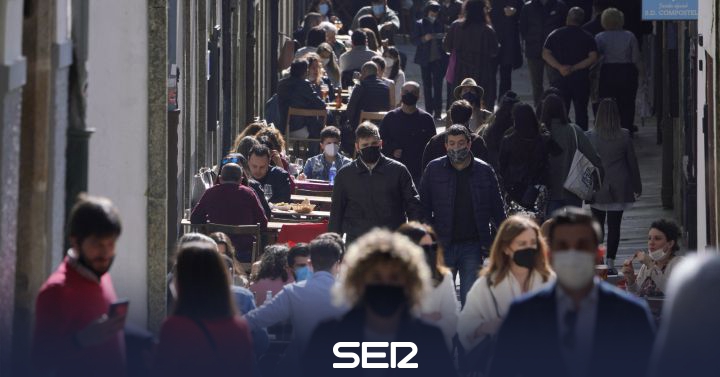Jakarta –
Researchers from the National Institute of Aeronautics and Space (Lapan) examine the phenomenon of ‘surya pethak’, which in a prediction by Sabdo Palon Noyo Genggong is said to be one of the signs pralaya or changing times. From an astronomical point of view, the phenomenon of ‘surya pethak’ or the white sky is a natural occurrence. Here’s the explanation.
Age -Turn Forecast
The phenomenon of ‘solar pethak’ is often associated with the prediction of Sabdo Palon Noyo Genggong. In one of those prophecies, it was stated that one of the signs of a pralaya or the change from the old age to the new era is the occurrence of ‘surya pethak’.
“Literally, ‘surya pethak’ means the sun (appears) to be white,” said researcher from the Lapan Space Science Center Andi Pangerang, as quoted from the Lapan website, Monday (2/8/2021).
Sunlight is not so hot
Andi explained that the phenomenon of ‘surya pethak’ can be interpreted as the nature of sunya ruri or the day is dim like night. The day in question is from sunrise to sunset. Andi said the phenomenon of ‘surya pethak’ made the sun’s rays less scorching.
“The sun which is usually reddish when it rises and sets will turn white, while when the sun rises, the sun’s rays are not so hot because they are blocked by a kind of cloud,” said Andi.
Andi said the ‘solar pethak’ phenomenon can last for 7 days to a maximum of 40 days. The effect of ‘solar pethak’ will make the Earth’s surface temperature cooler.
Sun and Red Sky
Andi also explained why the sun and sky look reddish when they rise and set. He also explains why, during the day, the sun is white and the sky is blue.
According to Andi, this is caused by the Rayleigh Scattering phenomenon, which scatters the visible light spectrum according to the distance traveled by sunlight as it passes through the atmosphere. He said this ideal condition would only happen if the air quality was really good and clean.
“This is because the quality of the air through which sunlight passes can also affect the color of the sun at sunrise and sunset. Dust particles and pollutants tend to reduce the color in the sky and block light from reaching the eye of an observer on the Earth’s surface. Therefore, the sky is red and yellow when it is dull. the air is full of dust and pollutants,” he said.
Is Surya Pethak Coming Soon?
If you associate solar activity with the phenomenon of ‘solar pethak’, Andi said, there is a possibility that the clouds that block sunlight through the earth’s atmosphere are caused by volcanic eruptions. In addition, there is a possibility that changes in seawater circulation can increase the evaporation of water vapor.
“It is very unlikely that the cloud cover that covers the Earth’s surface is caused by a prolonged decline in solar activity, as happened in 1645 to 1715,” said Andi.
“In addition, there are other examples in history when minimum solar activity is correlated with higher temperatures on Earth. Therefore, the relationship between the solar cycle and climate cooling is clearly not related at all,” he added.
Therefore, according to Andi, the phenomenon of ‘solar pethak’ will not occur in the near future if it is associated with solar activity. However, this phenomenon is still possible due to volcanic eruptions and changes in sea water circulation which are still difficult to predict.
“In the near future, the phenomenon of ‘solar pethak’ will not occur at least if it is associated with solar activity. However, this phenomenon can still be made possible by volcanic eruptions and changes in sea water circulation which until now are still difficult to predict by volcanologists. and oceanography,” said Andi.
(mae / fjp)
– .


